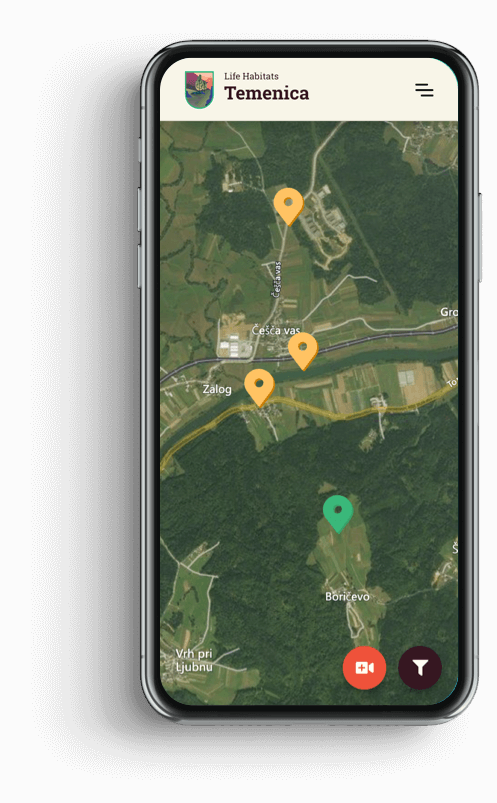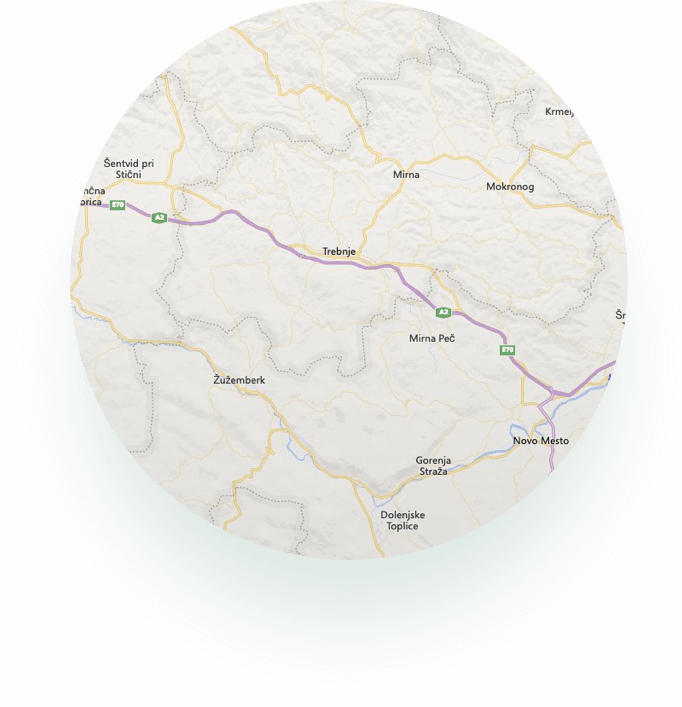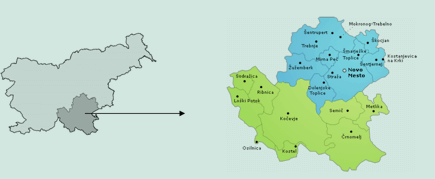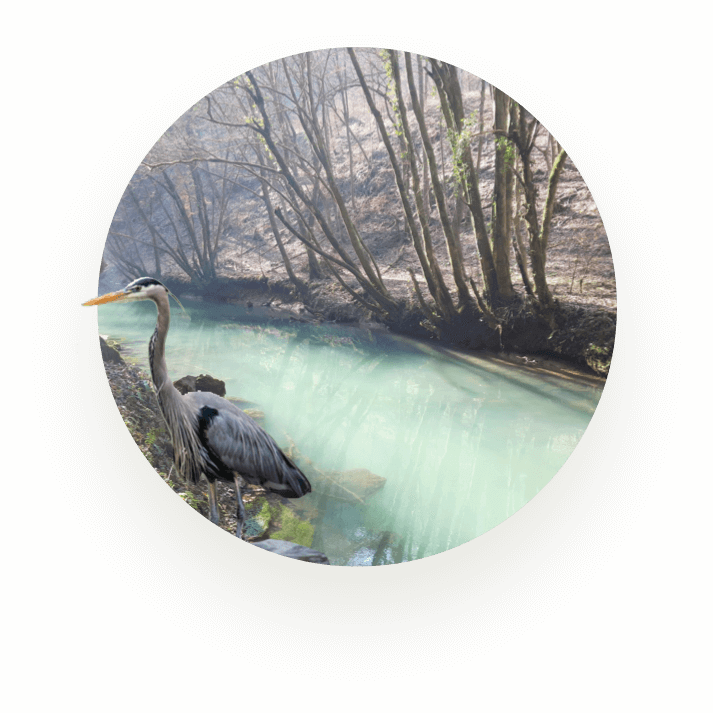
LifeHabitats.com platform and E-guide application
Habitat is still very unexplored in its specialty, and this will change with the help of the E-guide application, which is a live interactive tool. With the mobile application, we enable visitors to get acquainted with information about living beings in this habitat and, of course, to contribute to the dissemination of information.
Therefore, we invite you all to visit the Temenica habitat and take a relaxed walk, where you will be able to learn about the characteristics of the habitat and the living creatures on the habitat. If you meet a resident of the habitat live, we invite you to take a photo and send us a photo to e-mail: info@lifehabitats.com, the image will go through an expert review and will be placed on the website or in the application with the consent of the author An e-guide where it will also be available to other users and visitors. In this way, in addition to a unique experience, you will also contribute to greater research and knowledge of the habitat.



